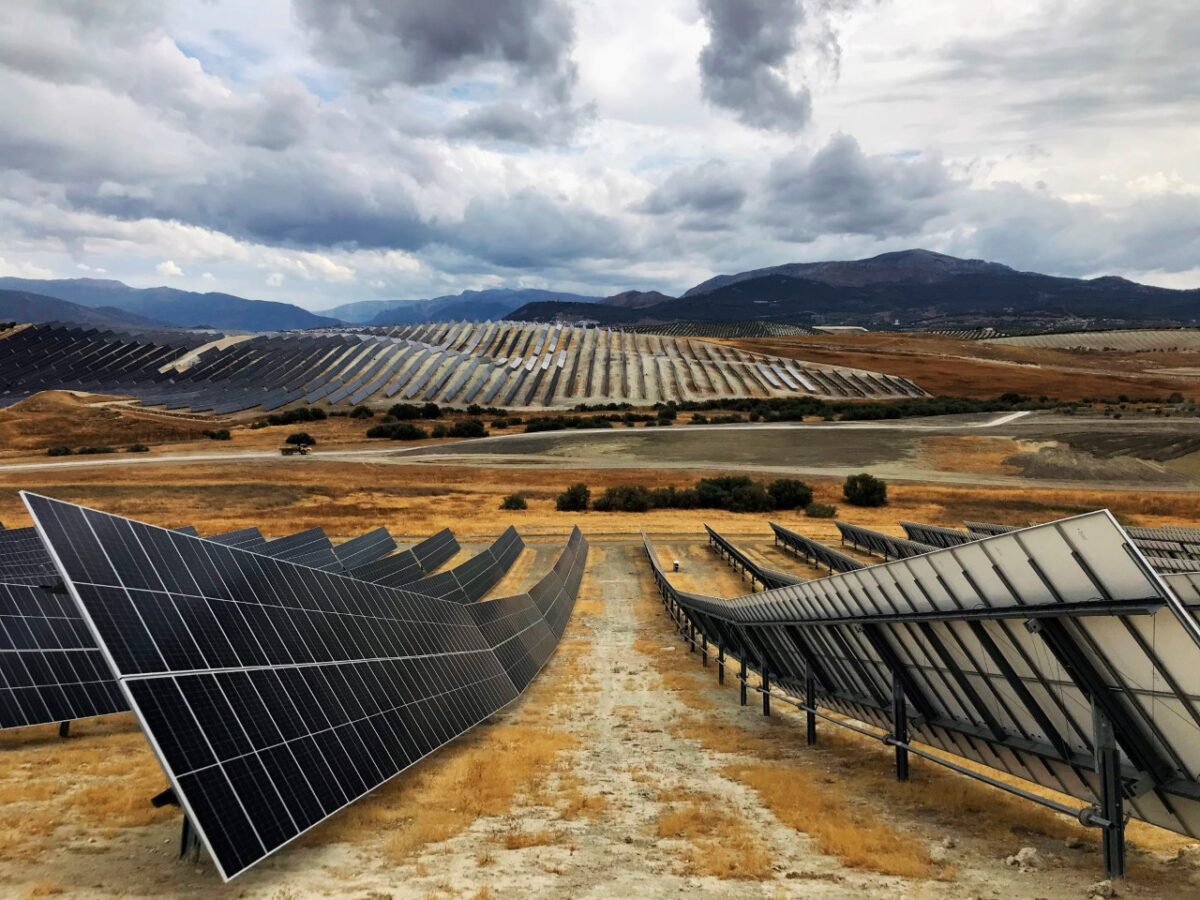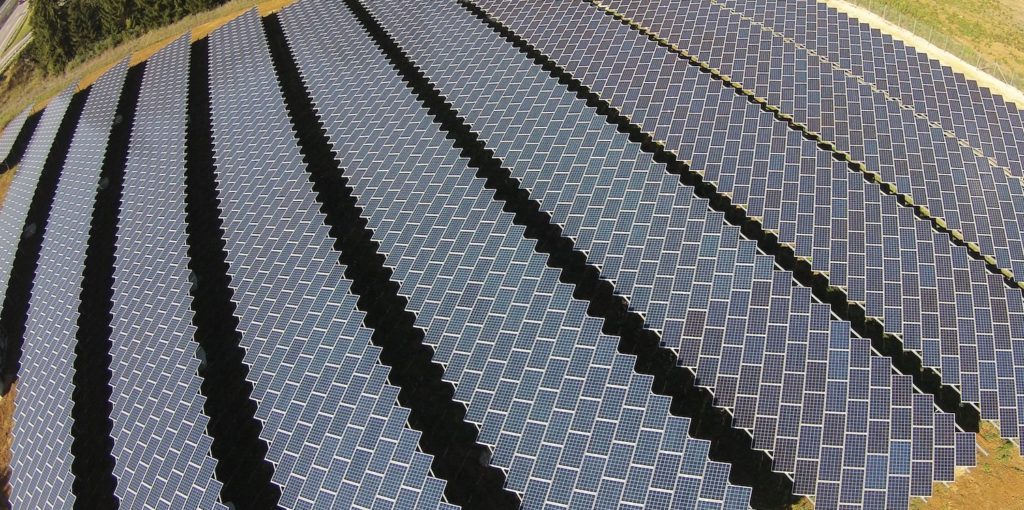Wind power prices have risen by 35% in the last six months as project developers face obstacles in obtaining permits and rising costs. However, the situation has improved in the first quarter of 2023 compared to the fourth quarter of 2022. LevelTen Energy was unable to produce a wind index due to insufficient offers available to anonymize the data.
On the other hand, solar power purchase agreement (PPA) prices in Europe have fallen for the first time in two years, except in Spain. Despite this, solar prices in the first quarter of 2023 were 47% higher than in the first quarter of 2022 and 76% higher than in the first quarter of 2021.
LevelTen Energy blames the price declines on overcoming supply chain difficulties caused by the pandemic and gradually declining inflation. Plácido Ostos, senior energy analyst for Europe at LevelTen Energy, stated that “the fall in natural gas prices and electricity markets is adding downward pressure on developers so that their PPAs remain a competitive option for buyers.”
In Spain, the most active PPA solar market in Europe, prices continue to rise, with a 9.8% increase in the first quarter and a 32.2% increase year-on-year. Ostos added that “competition for PPAs in Spain remains extremely high, putting upward pressure on prices.”
Spain's low-priced solar PPAs have made this country an attractive market, but Greece is now tied with Spain in the number of offers on the LevelTen Energy Marketplace with a 17.9% share. Additionally, Greece is the second country after Spain with the highest prices for solar PPAs. LevelTen Energy notes that a new law in Greece gives connection priority to projects with a PPA.
In its previous report, published in February, LevelTen Energy predicted billions in losses if the European electricity market is reformed. However, the company now says that the European Commission's final energy market reform proposal, published on March 14, considers corporate PPAs as the main tool to reduce energy price volatility.
The proposal requires developers participating in a public tender to reserve a percentage of the generation for sale through a PPA. The Commission also proposes that projects that have already committed part of their generation to a PPA allocate another part of the production to “one or several potential buyers who have difficulties accessing the PPA market, such as small and medium-sized companies.”
This content is protected by copyright and may not be reused. If you want to cooperate with us and would like to reuse some of our content, please contact: editors@pv-magazine.com.




I would like to see PPA and consumption information from west African countries. They have an averaging underserved population of 52% not receiving power, due to inadequate grid design and functionality.